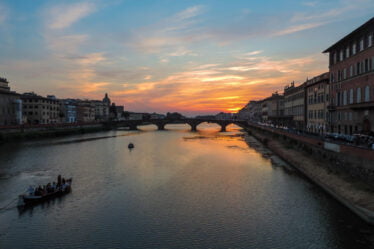

Luca Ghini Botanical Legacy: A Renaissance Pioneer of Plants
In the heart of Renaissance Florence, amidst the vibrant studios of painters and the opulent palaces of the Medici, one man was focused not on marble statues or pigments—but on leaves. His name was Luca Ghini, a physician and botanist who sought not fame but knowledge. With a simple yet revolutionary idea, he forever transformed the way we study the natural world. This is the story of the Luca Ghini Botanical Legacy, a tale of science, vision, and green life that still flourishes today.
From Manuscripts to Nature: The Birth of the Herbarium
In the 16th century, plants were known mainly through drawings and descriptions found in ancient texts. Their medicinal properties were discussed, but rarely seen, studied, or shared in physical form. Ghini, however, changed that forever.
He began collecting real plants, pressing and drying them to preserve their physical characteristics. Thus, he created the first dried herbarium, a living archive that allowed nature to be studied, compared, and even sent across distances—without wilting or fading. No longer just words or sketches, but real specimens with tangible textures and forms.
The Luca Ghini Botanical Legacy truly began with this act: transforming plants from illustrations into preserved realities.
A Garden of Knowledge: The Pisa Botanical Garden
Recognizing Ghini’s talent and insight, Cosimo I de’ Medici invited him to Pisa. There, in 1544, Ghini founded Europe’s first university botanical garden—the Orto Botanico di Pisa. It was not merely a garden, but a revolutionary space where plants were cultivated not for beauty, but for research and learning.
It became a dynamic, living classroom—a laboratory under the sky—where students and scholars could study plants up close, from root to leaf. This garden marked the first institutional commitment to botany as a science in Europe.
Visit it today: 🌿 Orto Botanico di Pisa – Official Website
The Legacy of His Students
Though Luca Ghini never published a formal treatise, his teachings and methods left deep roots. Among his most famous students were:
- Andrea Cesalpino, one of the earliest plant classifiers, whose system foreshadowed Linnaeus.
- Ulisse Aldrovandi, a founder of natural history and museum collections.
- Pietro Andrea Mattioli, who enriched Renaissance herbal knowledge with comprehensive commentary.
Through them, the Luca Ghini Botanical Legacy branched out across Europe, shaping modern botanical science. Ghini’s quiet genius became a cornerstone of a growing field.
For more on Ghini’s students and influence: 📖 Encyclopædia Britannica – Andrea Cesalpino
A Leaf and a Vision
Sometimes, the greatest change begins with the smallest gesture—like picking up a leaf and examining it with fresh eyes. Luca Ghini didn’t seek to build monuments or pen manifestos. Instead, he preserved plants, taught others, and planted the seeds of modern botany.
The Luca Ghini Botanical Legacy lives on in every herbarium, every university garden, and every botanist who studies life through leaves.
Learn more about historical herbaria and Ghini’s methods here: 🌱 The Global Plants Initiative – JSTOR
Final Thoughts
In an age of grand artistic masterpieces, Luca Ghini taught the world to look closer—to see beauty, purpose, and structure in the green world. His herbarium was the first of its kind, and his garden in Pisa still blooms with the curiosity he inspired.
Let the Luca Ghini Botanical Legacy remind us that even in the Renaissance—an age of artists and emperors—it was sometimes the botanist who truly changed the world.



